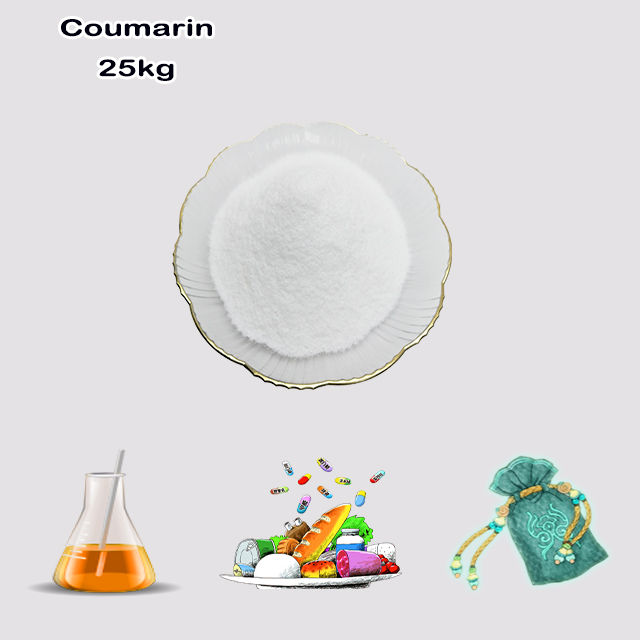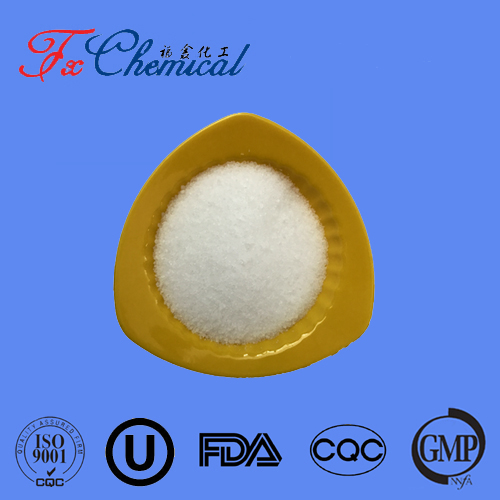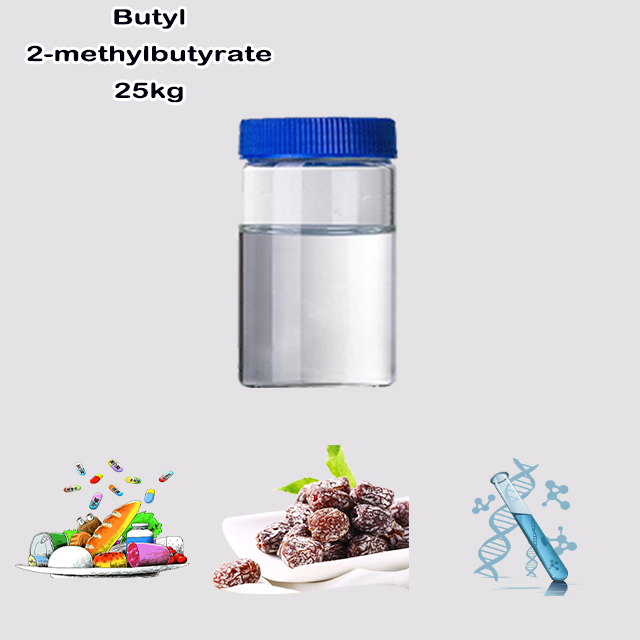
Search

Search

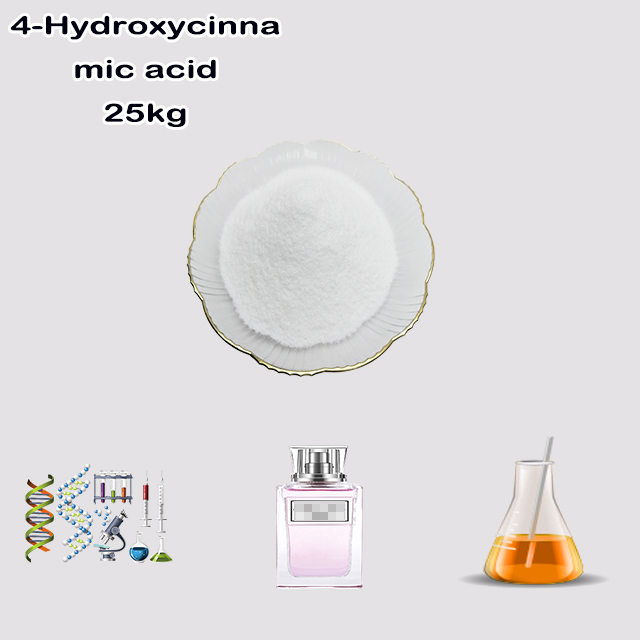
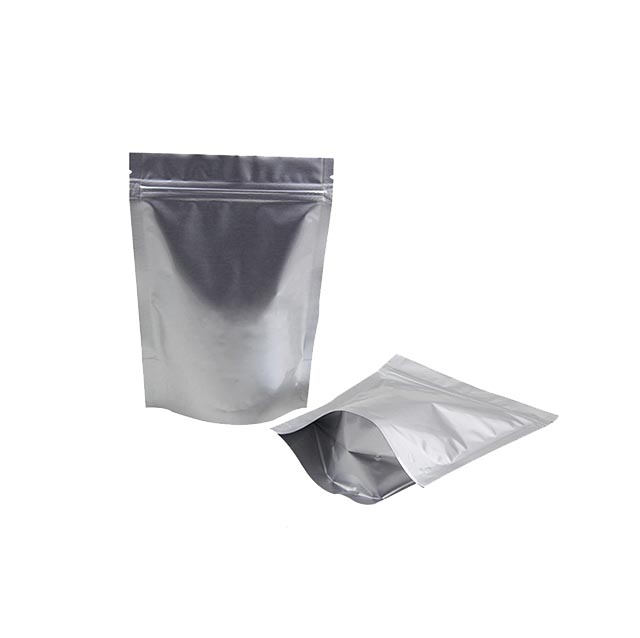
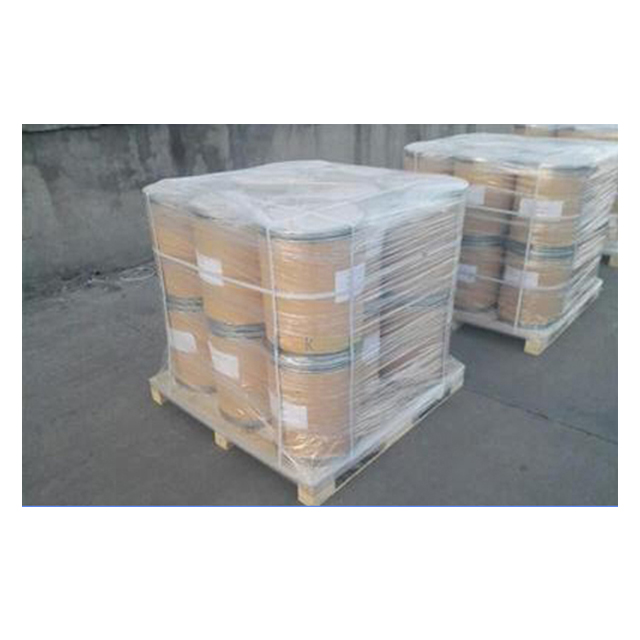
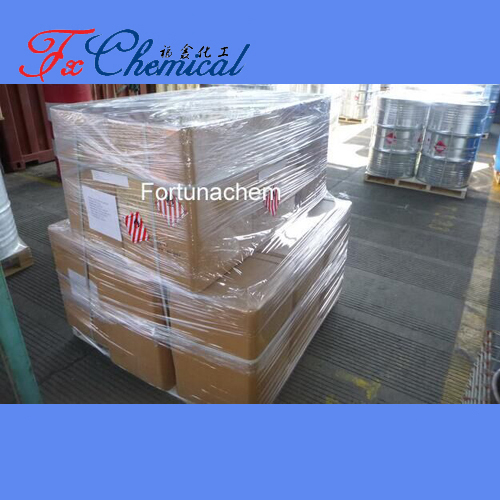






Here's a concise explanation of 4-Hydroxycinnamic acid:
4-Hydroxycinnamic acid (C₉H₈O₃), commonly called *p*-Coumaric acid, is a phenolic compound with a trans-configured acrylic acid group (−CH=CH−COOH) attached to a benzene ring bearing a para-hydroxyl group (−OH).
Key properties:
Natural trans isomer; pale yellow crystals (m.p. 214°C).
Low water solubility; soluble in ethanol/organic solvents.
Strong UV absorption at ~310 nm.
Exhibits antioxidant activity via phenolic −OH group.
Significance:
Abundant in plants (grapes, tomatoes, grains).
Biosynthetic precursor to lignin, flavonoids, and other polyphenols.
Studied for anti-inflammatory/anticancer effects.
Used in cosmetics (UV protection) and as a natural food preservative.
4-Hydroxycinnamic acid (C₉H₈O₃), also known as p-Coumaric acid, is a phenolic derivative of cinnamic acid with a hydroxyl group at the para-position of the benzene ring. Here's its key chemical profile:
Molecular Formula: C₉H₈O₃
IUPAC Name: (E)-3-(4-Hydroxyphenyl)prop-2-enoic acid
Core Structure:
Benzene ring with a para-hydroxy group (−OH).
Trans-configured acrylic acid group (−CH=CH−COOH) attached to the ring.
Isomers: Naturally occurs as the stable trans (E) isomer; cis (Z) form is rare.
Appearance: Pale yellow crystals.
Melting Point: 214°C (decomposes).
Solubility:
Low in cold water.
Soluble in ethanol, ether, and hot water.
UV Absorption: Strong absorbance at ~310 nm due to extended conjugation.
Acidity:
Carboxylic acid (pKa ~4.5) and phenolic hydroxyl (pKa ~9.5).
Can form zwitterions in solution.
Reactivity:
Decarboxylation: Forms *p*-vinylphenol when heated.
Photodimerization: Undergoes [2+2] cycloaddition under UV light.
Antioxidant Activity: Phenolic −OH donates H-atoms to quench free radicals.
Tautomerism: Can exist as keto-enol tautomers in certain conditions.
Ubiquitous in plants: Found in nuts, grains, tomatoes, and carrots.
Biosynthesis: Derived from phenylalanine via enzymatic deamination/hydroxylation.
Role: Precursor to lignin, flavonoids, and other polyphenols.
Pharmaceuticals: Antioxidant, anti-inflammatory, and anticancer studies.
Food Chemistry: Precursor for flavor compounds (e.g., in honey, wine).
Biotechnology: Used in enzymatic synthesis of complex natural products.
Material Science: Building block for UV-absorbing polymers.
Key Derivatives:
Ferulic acid (3-methoxy-4-hydroxy derivative).
Caffeic acid (3,4-dihydroxy derivative).
CAS Number: 501-98-4 (trans isomer) | 4501-31-9 (cis isomer).
Summary: A key plant phenolic acid with dual functional groups (−COOH/−OH), enabling diverse reactivity, biological activity, and roles in natural product biosynthesis. Its para-hydroxy substitution enhances UV absorption and antioxidant capacity compared to cinnamic acid.
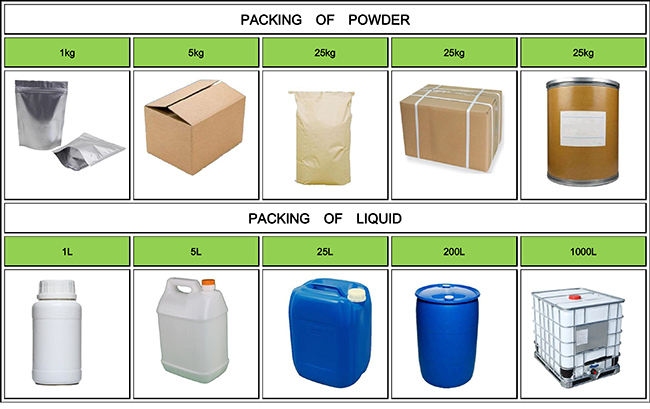
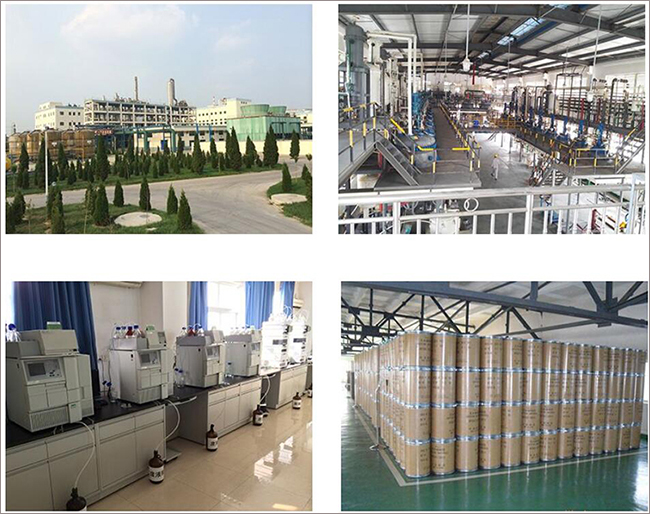


Fortunachem Provides Not Only Professional Chemical Products But Also Professional Help
Keeping you up-to-date with all the latest information, news, and events about Fortunachem!

Quick Links
Add:
E-mail:
 English
English  Español
Español  français
français  العربية
العربية 